If you wanted to pour water out of a Ziploc® brand bag into a bowl, where would you put the bowl? Directly under the opening of the bag, of course. (Thanks, gravity!) But if you had a piece of string, you could pour the water from a few inches off to the side of the bowl, over the table, and still get the water to flow into the bowl — all thanks to the adhesive and cohesive properties of water.
Learn more:
With a piece of yarn, we can see the adhesive and cohesive properties of water in action. Water likes to stick to surfaces or objects (this is called adhesion), which is why a piece of yarn will emerge wet after being submerged in water. Water molecules also like to stick to each other (this is called cohesion), which is why water poured from a bag will cling to the wet yarn and follow the length of string in a gravity-defying stream. Yarn works really well for this experiment because it retains water. Nonabsorbent materials (like thin string, lanyard, or curling ribbon) might not work as well. Try it out and see! Can you find a material that works even better than yarn?
Connections with Next Generation Science Standards (NGSS) |
|
|---|---|
Matter and Its Interactions 2-PS1-1 . Plan and conduct an investigation to describe and classify different kinds of materials by their observable properties. |
Some of water’s observable properties include its cohesive and adhesive abilities. Experiment with different materials to test and demonstrate these properties of water in action. |
MATERIALS
- Water
- Cup or bowl
- Rock or weight
- Rimmed baking sheet
- Clothespin or binder clip
STEPS
- 1 Gather your materials.
- 2 Soak the yarn in water for a minute or two.
- 3 Using a clothespin or binder clip, secure one end of the wet yarn to the inside corner of a Ziploc® brand sandwich bag .
- 4 Tie the other end of the yarn to a weight or a rock.
- 5 Place the baking sheet on a flat surface. Over the baking sheet, fill the bag about halfway with water (avoid filling the bag beyond half its size). Place the rock in a cup or bowl, then move the bag and the bowl apart until the string is taut.








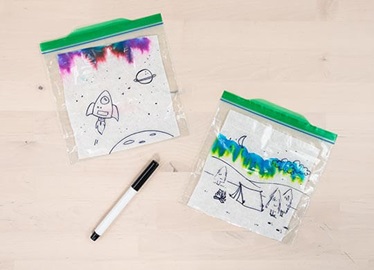
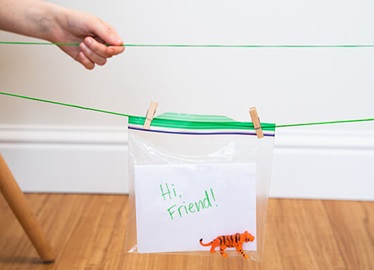

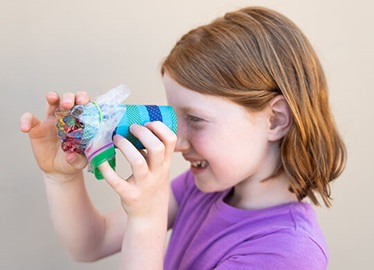
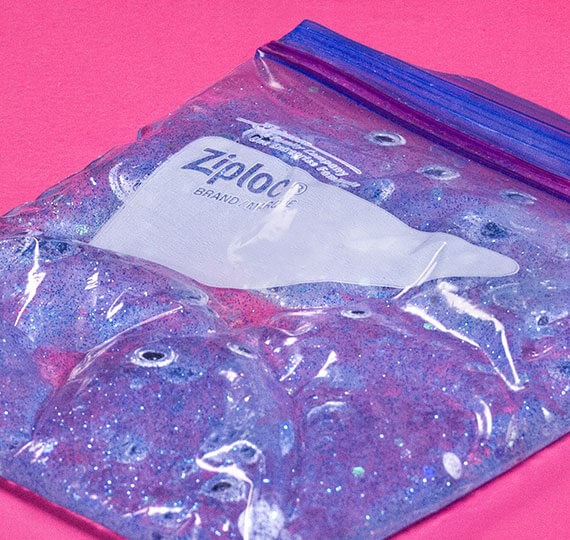
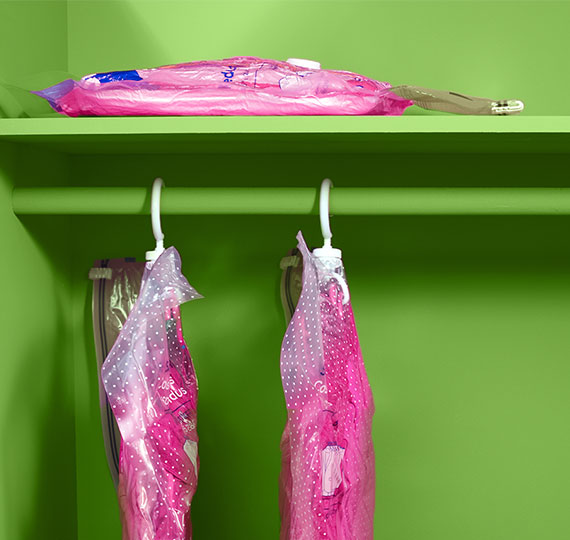
SHARE